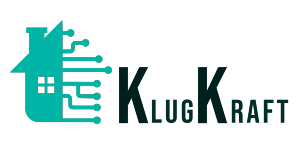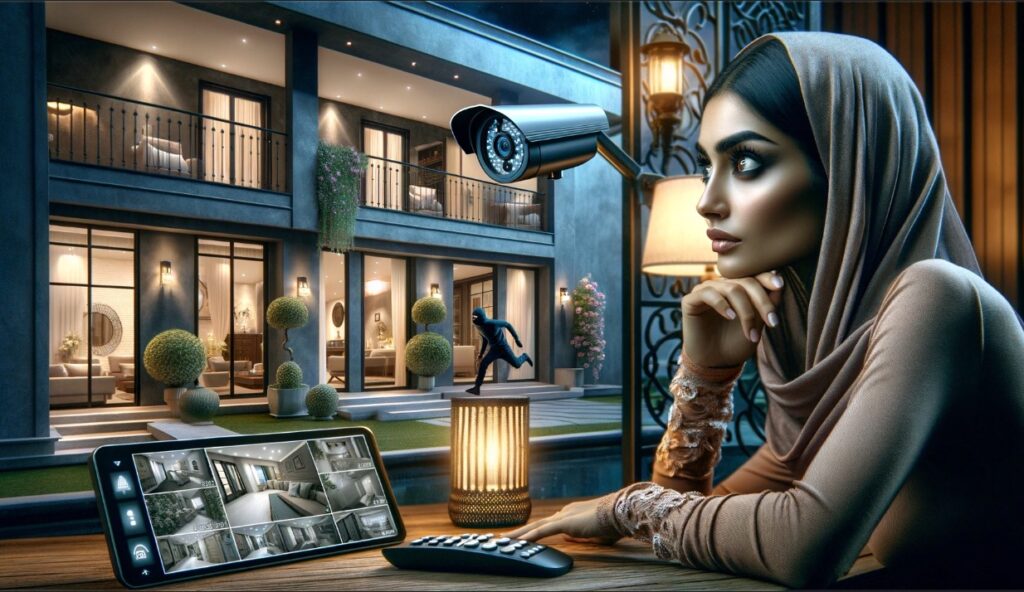Smart office security cameras are cutting-edge devices. That further play a crucial role in ensuring workplace safety, protecting assets, and enhancing security measures. These advanced cameras utilize state-of-the-art technology to provide high-resolution video monitoring, intelligent analytics, and remote access capabilities. Here’s an in-depth look at this in smart office and their key features:
High-Definition Video Monitoring
Smart office security cameras capture high-definition video footage of office premises, ensuring clear and detailed surveillance coverage. With resolutions ranging from 1080p to 4K, these cameras deliver crisp and detailed images. Allowing for easy identification of individuals and objects within the monitored area.
Wide-Angle and Pan-Tilt-Zoom (PTZ) Capabilities
Many smart office security cameras feature wide-angle lenses and PTZ capabilities, enabling comprehensive coverage of large areas and flexible camera control. Wide-angle lenses provide a broad field of view. While PTZ functionality allows users to remotely pan, tilt, and zoom the camera to focus on specific areas of interest.
Motion Detection and Alerts with Security Cameras
Smart office security cameras are equipped with motion detection technology that detects movement within the camera’s field of view. When motion is detected, the camera can automatically trigger alerts or notifications. Which eventually notify security personnel or designated individuals via email, SMS, or mobile app notifications.
Intelligent Analytics
Advanced smart office security cameras leverage intelligent analytics capabilities to analyze video footage and detect suspicious behavior or threats. These analytics algorithms can identify specific events, such as unauthorized access, loitering, or object removal. And generate alerts or alarms in real-time.
Remote Monitoring and Access with Security Cameras
Smart office cameras offer remote monitoring and access capabilities. Allowing users to view live video feeds and recorded footage from any location with internet connectivity. Through mobile apps or web-based platforms, users can monitor office premises in real-time. And review past events, and manage camera settings remotely.
Two-Way Audio in Security Cameras
Some smart office cameras are equipped with two-way audio capabilities. Which eventually enables users to communicate with individuals within the monitored area. This feature allows for interactive communication between security personnel and employees, visitors, or intruders, enhancing situational awareness and response capabilities.
Cloud Storage and Video Playback
Smart office security cameras typically offer cloud storage options for storing video footage and recordings. But Cloud storage ensures secure and reliable storage of video data. And with options for long-term retention and easy access from any device. Users can certainly review past events, playback recorded footage, and export video clips as needed for investigation or evidence purposes.
Integration with Security Systems
Smart office cameras can integrate with other security systems. Such as access control, intrusion detection, and alarm systems, to provide a comprehensive security solution. Integration allows for coordinated responses to security events. Such as automatically triggering alarms or locking doors when suspicious activity is detected.
Smart office these are essential components of modern workplace security systems. Which basically Provides reliable surveillance, intelligent analytics, and remote monitoring capabilities. By leveraging advanced technology and integration with other security systems. Certainly these cameras enhance security measures, deter unauthorized access, and also ensure a safe and secure work environment for employees and visitors alike.




